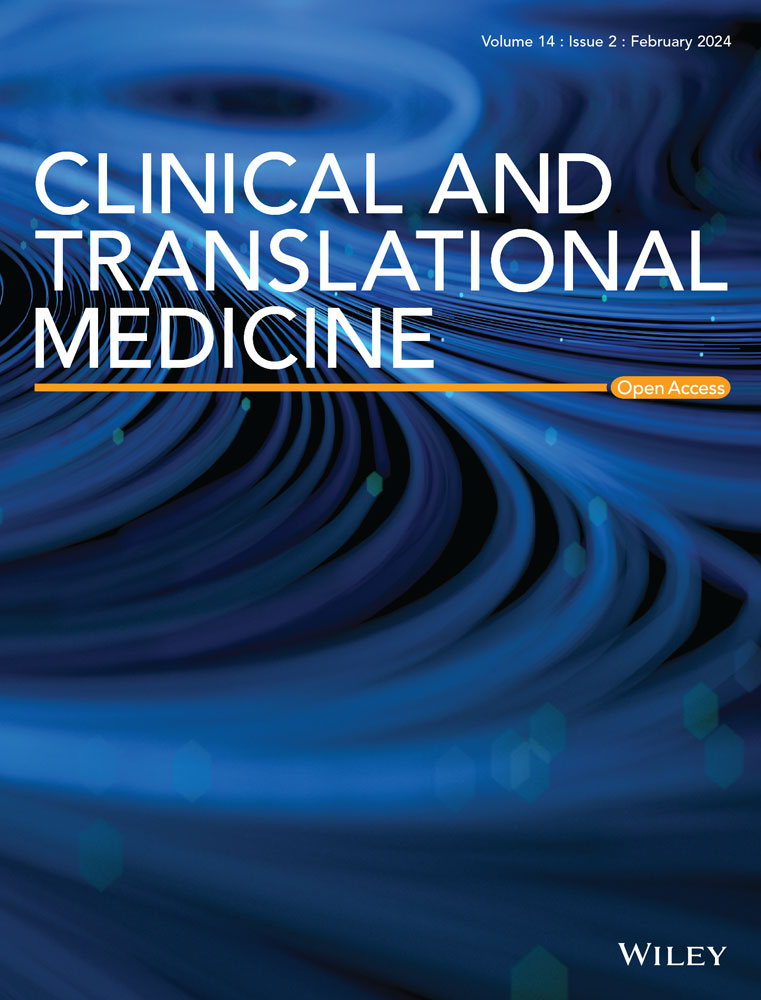Patients with non-alcoholic fatty liver disease (NAFLD) often exhibit hepatic steatosis and dyslipidemia. Studies have shown that intestinal microorganisms are closely related to the occurrence of NAFLD and atherosclerosis. Our previous study has underscored the protective role of microRNA-30a-5p (miR-30a-5p) against atherosclerosis.
In the present study, we aimed to elucidate the effect and underlying mechanism of the intestinal microorganisms of miR-30a-5p knockout (KO) mice on NAFLD. Our findings demonstrated that KO exacerbated high-fat diet (HFD)-induced hepatic steatosis and disrupted liver function, as evidenced by elevated levels of total cholesterol, low-density lipoprotein, alanine aminotransferase, aspartate transaminase, and total bile acids in serum. Fecal microbiota from HFD-fed KO mice induced hepatic steatosis, dyslipidemia, and higher levels of enzymes indicative of liver damage in wild-type mice. Remarkably, KO mice significantly intensified the above effects. 16s rDNA sequencing and metabolomics of the intestinal microbiota in the HFD-treated KO and WT mice showed that the loss of miR-30a-5p resulted in intestinal microbiota imbalance and was highly related to the arachidonic acid metabolic pathway. Targeted metabolomic in the liver tissues unveiled upregulation of COX-related (PGF2a, 8-iso-PGF2a and PGF2) and LOX-related (LTB4, LTD4, 12S-HETE and 15S-HETE) factors in HFD-treated KO mice. Immunohistochemistry and transcriptional analyses showed that miR-30a-5p affected arachidonic acid metabolism through the LOX/COX pathways. Besides, COX/LOX pathways and hepatic steatosis were reversed after reintroducing miR-30a-5p in HFD-treated KO mice.
This study reveals the pivotal mechanism by which miR-30a-5p and intestinal microbes regulate hepatic steatosis and abnormal lipid metabolism, offering promising avenues for NAFLD and atherosclerosis therapeutics.
MiR-30a-5p deletion aggravated hepatic steatosis and lipid disorder induced by an HFD in mice. Gut microbiota participated in the regulation of hepatic steatosis in the context of miR-30a-5p. Gut microbiota metabolism-related arachidonic acid metabolic pathway contributed to miR-30a-5p-regulated hepatic steatosis and lipid disorder. Reintroducing miR-30a-5p reversed hepatic steatosis and arachidonic acid metabolism disorder caused by HFD and miR-30a-5p deletion.


